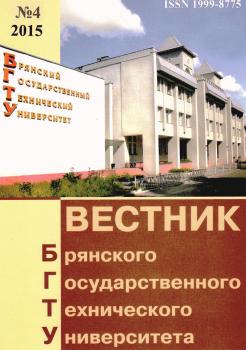The problem of search new design schemes of a traction mechanism for a locomotive with mass drive partial springing is under consideration. New design schemes are offered: a drive with a movable joint of a drive motor and an axial reducing gear and a drive with a disk motor with the separation of a stator and rotor. The authors offer to return to the development of supportframe drives with an axial reducing gear as it is simpler in manufacturing and assemblage on the basis of updated data of their operating modes. The authors also offer their own design of an integrated traction drive with a swivel of a motor and reducing gear which is simpler in manufacturing and assemblage as compared with the foreign analogues. The introduction of nonsynchronous traction electric motors having a smaller mass and higher reliability as compared with commutator motors resulted in new designs of a supportaxial drive by foreign manufacturers and their introduction in the market of domestic rolling-stock. This work shows an attempt to determine possibilities to eliminate dependence mentioned by means of the analysis of basic problems in the development of supportaxial drive design and new structural scheme searches.
synthesis of engineering solutions, traction drive, rolling-stock, power- saving techniques
1. Biryukov, I.V. Traction Gears in Railway Electric Rolling Stock / I.V. Biryukov. - М.: Transport, 1986. - pp. 256.
2. 2ЭС10.00.000.000 REP. Electric Freight DC Lo-comotive 2ЭС10 with Asynchronous Traction Elec-tric Motors. Description and Functioning. Engineering Equipment and Ventilation Systems. - 4.4. - pp. 90.
3. Izmerov, O.V. Classification as instrument in synthesis of engineering part in traction drives of rollingstock / O.V. Izmerov, G.S. Mikhalchenko // World of Transport and Engineering machinery. - 2012. - №4. (39). - pp. 53-60.











